The Spirit of Derrynane
Connecting to the landscape, biodiversity and history of an astonishingly beautiful part of the earth
Dear Readers: Please note that this post is too long for email thanks to the inclusion of numerous photographs. Therefore, I recommend clicking on the title of the piece so you can read it on the Travel Doorways Substack page.
Some places in the world not only capture your heart, but also your spirit. For many, one of these places is Derrynane. If you stand rooted on a mountaintop looking out at the myriad islands and inlets that edge the Atlantic Ocean here, your soul will naturally begin to relax, breathe and expand.
What and where is Derrynane?
For one, it is a townland near the village of Caherdaniel on the southern coast of the Iveragh Peninsula in County Kerry, Ireland. For another, it is Derrynane Beach and Derrynane Bay. It also encompasses Derrynane National Historic Park.
Traces of history that stretch back at least 9,000 years are evident wherever you look. A road that snakes up a mountain. Standing stones. Holy wells. Ring forts. Crumbling churches and monasteries. The ancient ruins of stone homes abandoned long ago, along with their inhabitants’ dreams.
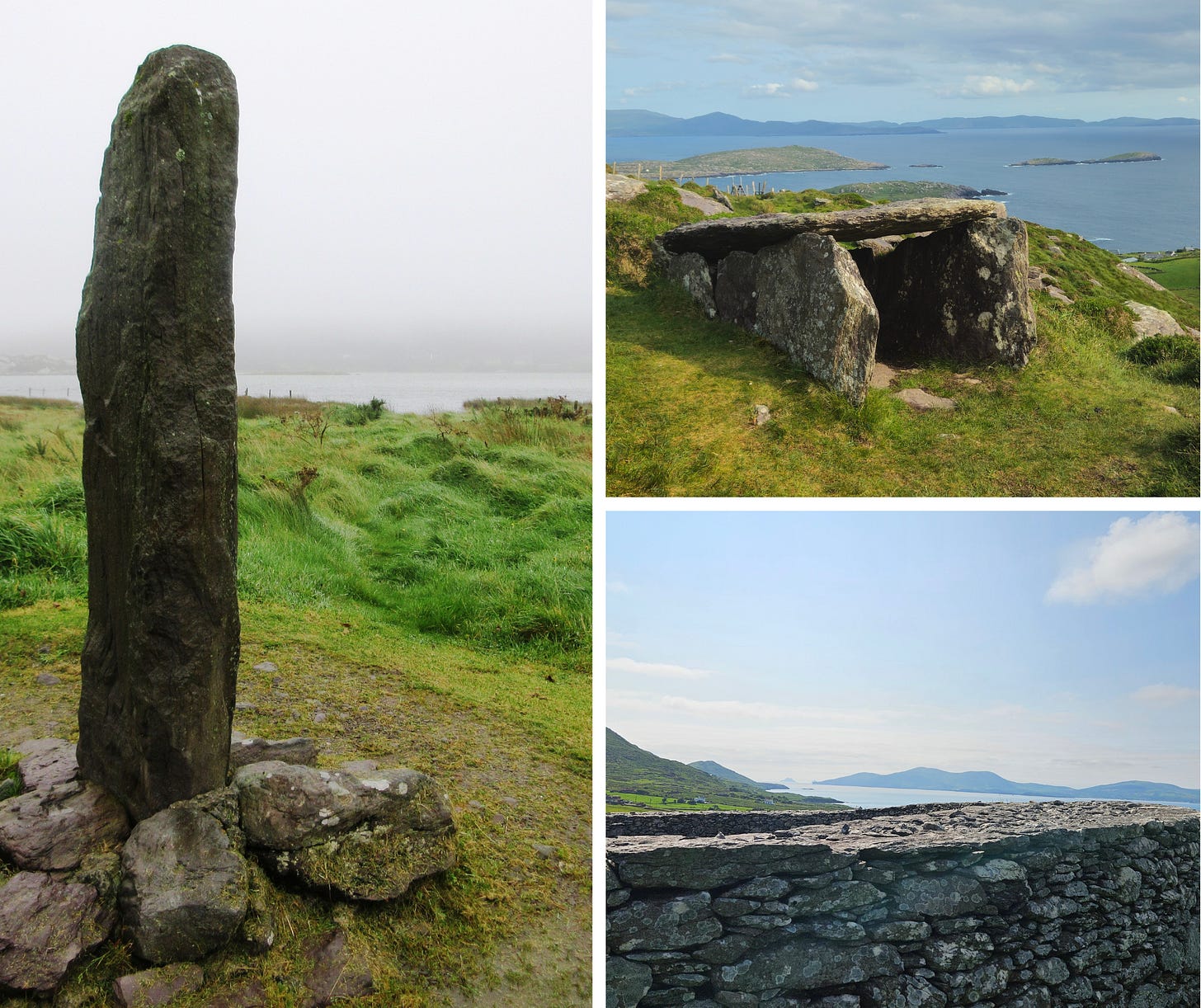
At one time, thousands of years ago, this land was mostly covered in temperate rainforests, thick with life. Then came the people, who cut down the trees and imported non-native Sika deer for sport and sheep for meat and wool. Over the centuries, these animals have grazed the deforested lands unhindered, ensuring that regrowth cannot occur. In Irish, the word for Derrynane is Doire Fhíonáin, which means “oak-wood of Fíonán.” Unfortunately the oaks are mostly gone now.
And yet—as Eoghan Daltun, a sculptor, farmer and author of An Irish Atlantic Rainforest: A Personal Journey into the Magic of Rewilding has demonstrated so successfully—nature here quickly regenerates when the land is protected from anyone or anything that could harm it.
Derrynane House
Derrynane has been drawing people to its shores for a long time. One of the most important of these is Daniel O’Connell (1775-1847). Often referred to as “The Liberator,” O’Connell was a lawyer and politician who campaigned for the rights of the Irish people. He also played a major role in the international effort to abolish slavery.
It is hard to believe today, but at one time Catholics in Ireland literally had no rights. Their English overlords denied them the right to vote, own property, attend university, enter professions such as law, academia or the military, or serve in parliament. This didn’t begin to change until the Papists Act was passed in 1778. Even after this act was passed, however, many restrictions remained.
O’Connell helped to change this by leading a mass (and peaceful) movement for Catholic emancipation. The effort eventually led to the Emancipation Act of 1829, which removed the remainder of the restrictions and granted Irish Catholics the right to sit in the British Parliament in Westminster. This included O’Connell himself, who had been elected to represent County Clare in 1828.
Derrynane House was built in the 1700s by Daniel’s relatives, and he eventually inherited the property. He and his wife Mary and their four daughters and four sons used the house as a beloved summer residence and retreat.
O’Connell’s ancestral home at the edge of Derrynane Bay has now been turned into the Derrynane National Historic Park. Consisting of 300 acres (120 hectares), the house and grounds are open to the public. The house is large and comfortable, and the gardens surrounding it are lush and green. Although the peninsula is often windy, it is also fairly warm, and tropical plants from South America thrive there.
My favorite parts of the park, however, are the wilder paths—like the Meadow Walk—that take you through native forests and give you an inkling of what the peninsula was like when the Celts first arrived on these shores.
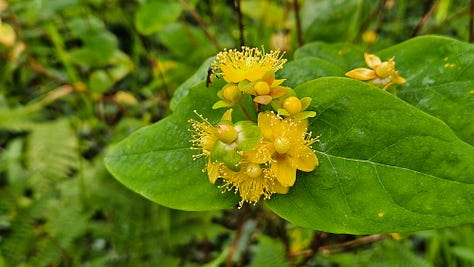
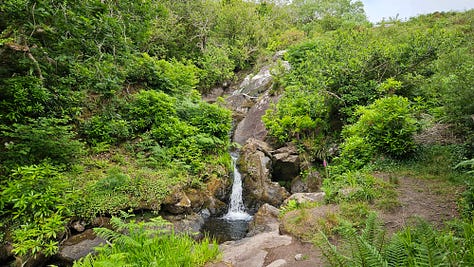
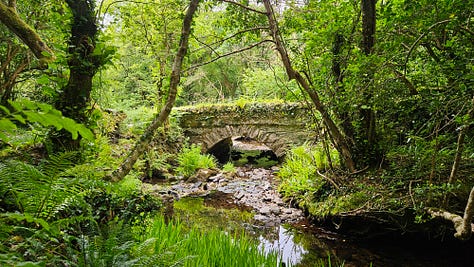
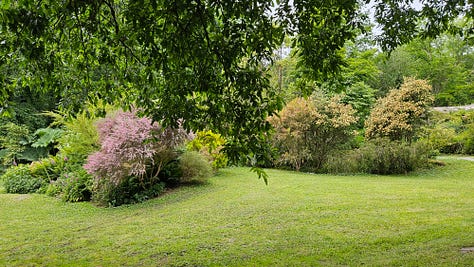
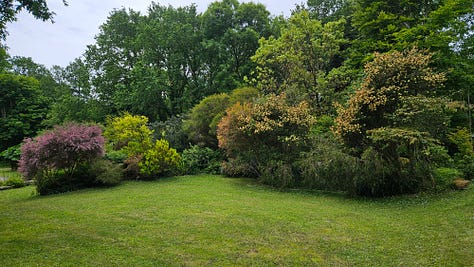
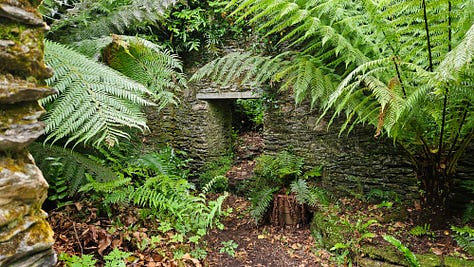
Vincent Hyland
In my last post, The Geography of Belonging, I talked about the strong connection that the Irish feel to place and ancestors and introduced you to a poet named Paddy Bushe, who is from Waterville (a bit further up the Iveragh Coastline from Derrynane). Paddy can look at a rock in the bay, at a stone row, or at a lake and tell you the stories connected to them from ancient ancestors who are still very much alive in his memory.
In contrast, a man named Vincent (Vinnie) Hyland is deeply connected to Derrynane. But his connection is with nature, with the plants, animals, birds, insects, tide pools, and marine life of this magical part of the world. And the connection he feels not only encompasses his mind and heart, but also his spirit.
Vinnie grew up in Dublin. In 1964—when he was three years old—his family started spending their holidays near Derrynane House. The family used to camp near the dunes, and Vinnie would spend hours roaming the woods, fields, and shoreline while observing the birds, plants, animals, marine life and their habitats.
In 1989, Vinnie began documenting the biodiversity of the Greater Skellig Coast—in photographs, films and audio recordings. His subjects included seabirds as well as underwater marine life like whales, dolphins, porpoises, seals, fish and invertebrates. He also made several wildlife films, including Ireland’s Seabirds and Marine Life and The Bay and Puffins of Skellig Michael.
Vinnie and his family moved to Derrynane permanently in 2009. He then spent more than a decade recording the habitats and associated plants and animals of the area. In 2024, he published this information in an amazing 500-page, hardbound book titled Wild Derrynane: A Wildlife Explorer’s Guide, Stories & Memoir. Arranged by season, every page is filled with full-color photographs that illustrate the trees, butterflies, birds, wildflowers, moths, underwater marine life and mammals that inhabit this breath-taking coastline.
During the summer, Vinnie shares his deep knowledge about Derrynane by leading two-hour walking tours three times a week. Sometimes he leads people to the beach, sometimes to the woods and hiking paths behind Derrynane House.
Our walk with Vinnie
Although my husband Gerhard and I have been on this beach and the surrounding area numerous times, we were eager to go on a walk with Vinnie because he could give us so much information about what we were actually seeing. So a couple of weeks ago, we signed up for his first tour of the season. As it turned out, we were the only participants on the tour, which was wonderful because we could ask as many questions and take as many pictures as we liked!
Below are just a few of the plants and flowers that we saw on the sand dunes of Derrynane Beach at the end of June.
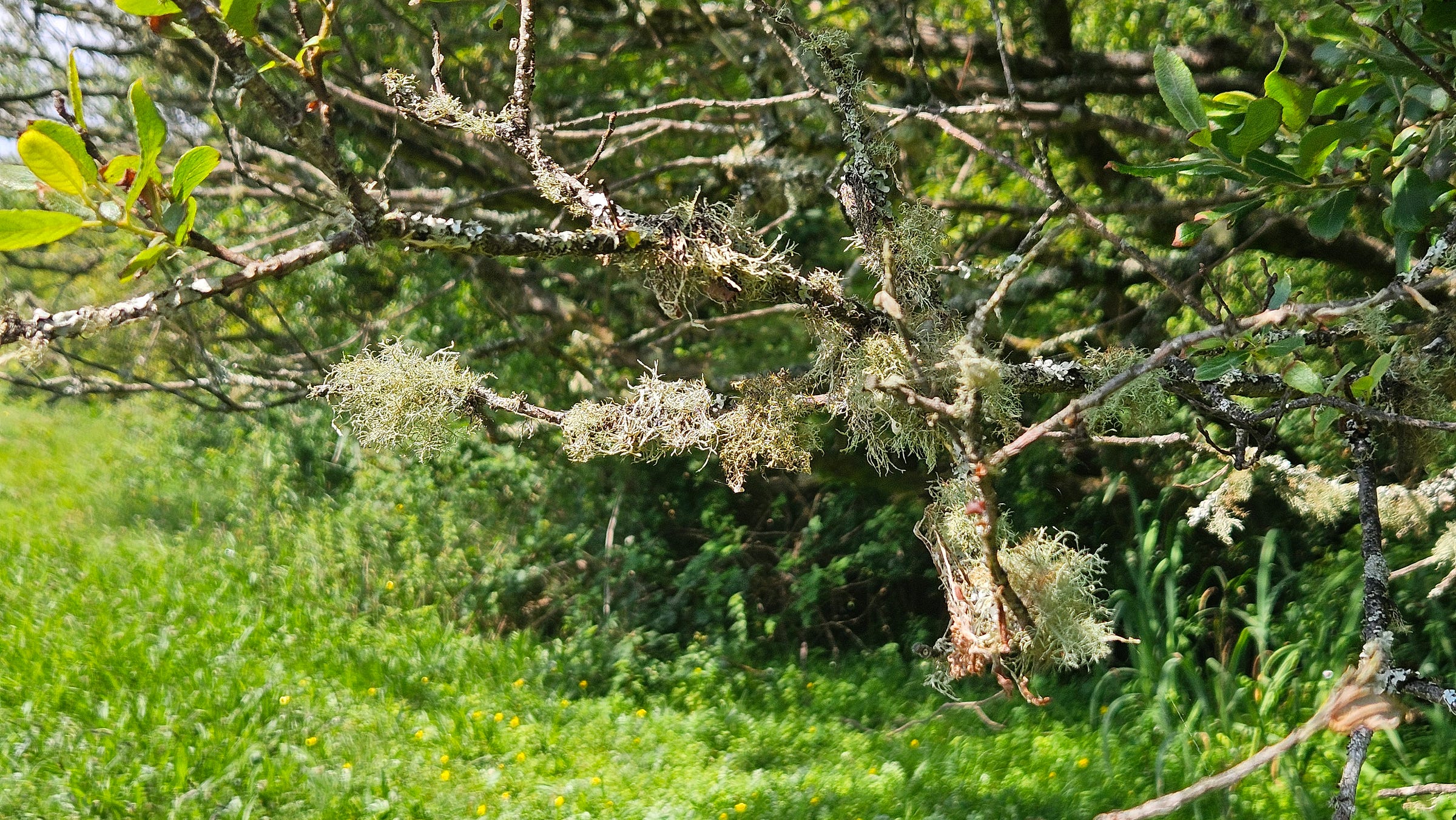
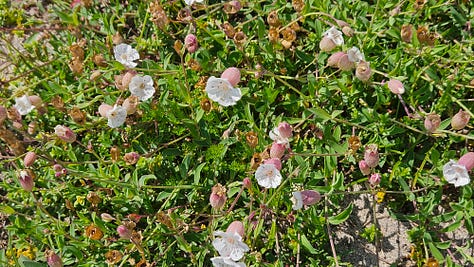
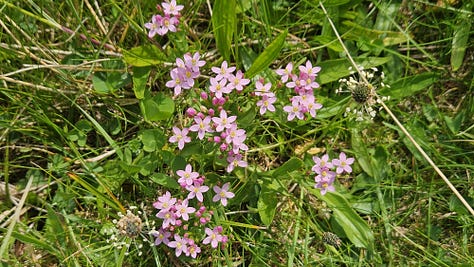
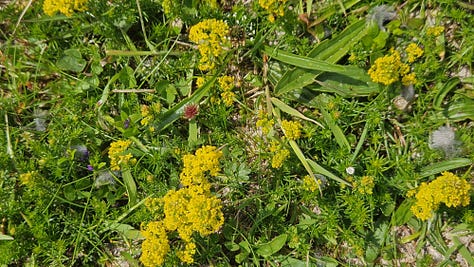
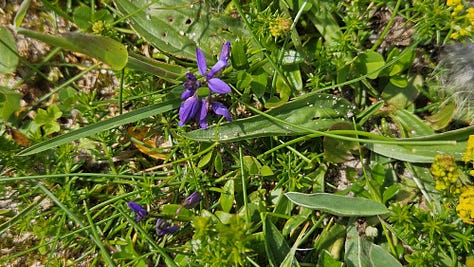
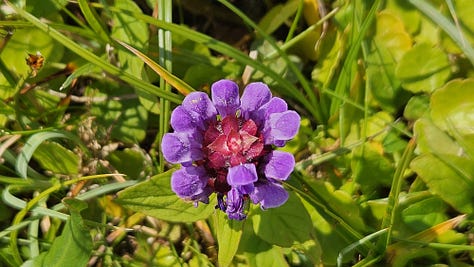
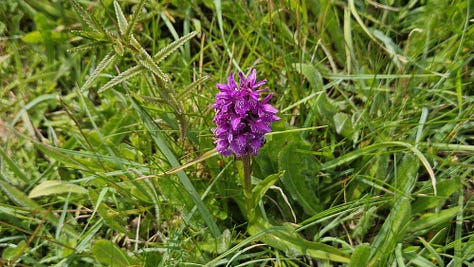
Natterjack Toads
Natterjacks are the only species of toad in Ireland. And just about the only place they live is in County Kerry (in the Maharees on the Dingle Peninsula, at Castlemaine, and at Ballycarbery and Derrynane on the Iveragh Peninsula). The native Natterjacks at Derrynane went extinct sometime between the 1940s and 1970s, but they were successfully reintroduced in the early 1990s when three ponds were dug for them in the sand dunes.
On this trip, I learned that Natterjacks spawn much later than the frogs in our pond at home do. Our frog tadpoles have been gone since April, but the ponds at Derrynane Beach are still filled with toad tadpoles.
There are also hundreds of tiny little toadlets at the edge of the pond now that have lost their tails and grown legs and feet.
Not far from the pond, Vinnie lifted a rock, exposing a full-grown, extremely well-camouflaged toad sleeping peacefully in the sand. He explained that toads are nocturnal creatures that sleep during the day and emerge from their shelters at night.
The seashore
Vinnie’s knowledge of the Greater Skellig area and the changes it has undergone since he was a child are both amazing and heartbreaking. Climate change and human-led degradation of the environment are all too real and pressing. My hope (and clearly Vinnie’s hope) is that the more locals and visitors understand this place, the closer connection they will feel to it.
Gerhard and I know from personal experience that connecting deeply to nature—and to a particular location—makes you feel responsible for taking care of it. Vinnie is certainly doing all he can to facilitate this connection.
If you decide to go
If you would like to experience some of the wonders of this magical place for yourself, here are my recommendations for lodging and food.
Thidwick B&B
When we decided to spend three nights at Derrynane, I did a bit of research and came across the Thidwick B&B. It sounded interesting, so I made a reservation. When Gerhard and I actually drove up the hill to the B&B, however, my jaw literally dropped open in amazement. Thidwick has some of the most beautiful views of the coastline that I have ever seen!
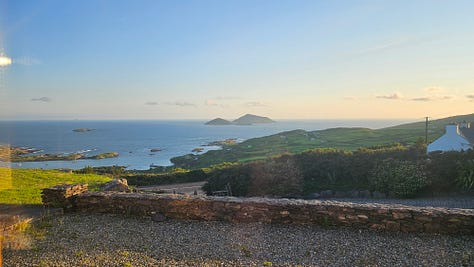
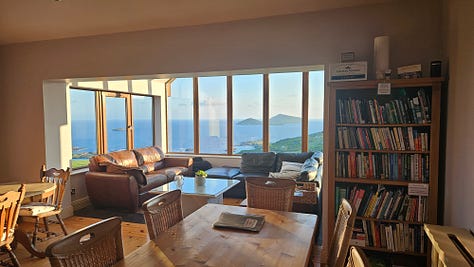
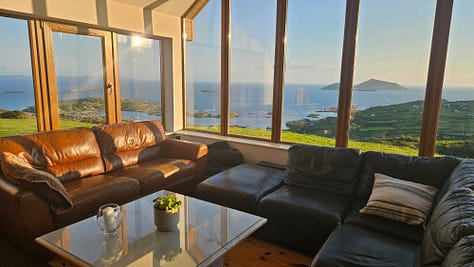
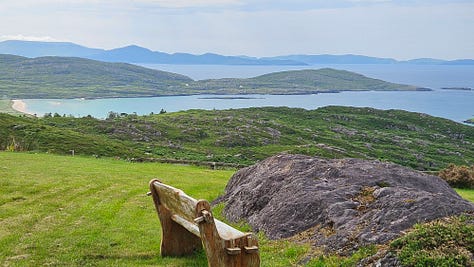
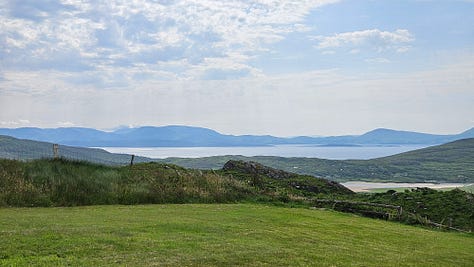
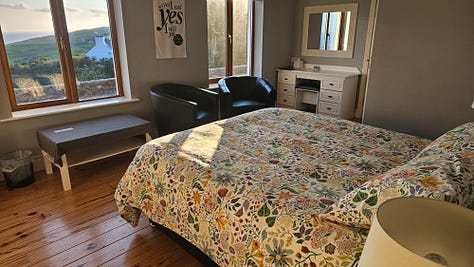
The B&B is owned by a South African native named Claire and her Irish husband, Dezy. Claire was a wonderful hostess, full of great ideas about what to see and do in the area. She also made us delicious breakfasts every morning. Dezy is an award winning playwright, songwriter, pianist and theatre producer.
We enjoyed staying at Thidwick very much and will definitely make this our home away from home the next time we spend a night in the area.
Blind Piper Pub, Caherdaniel
The first night of our visit, Claire recommended that we eat dinner at the Blind Piper Pub in Caherdaniel. She assured us that the food was delicious and that this was where the locals go.
She was absolutely correct. In fact, we liked the food so much that we ended up eating dinner there all three nights of our visit!
We also learned that the Blind Piper has live music every Thursday evening performed by their in-house band. Which just happens to be led by the amazing Vinnie Hyland, who is also a wonderful singer and guitarist!
So we made sure to eat dinner early enough that we could get a table right in front of the location where the musicians would start playing at 9:30 pm. The music was wonderful and included instruments like guitar, mandolin, several kinds of flute and a fiddle.





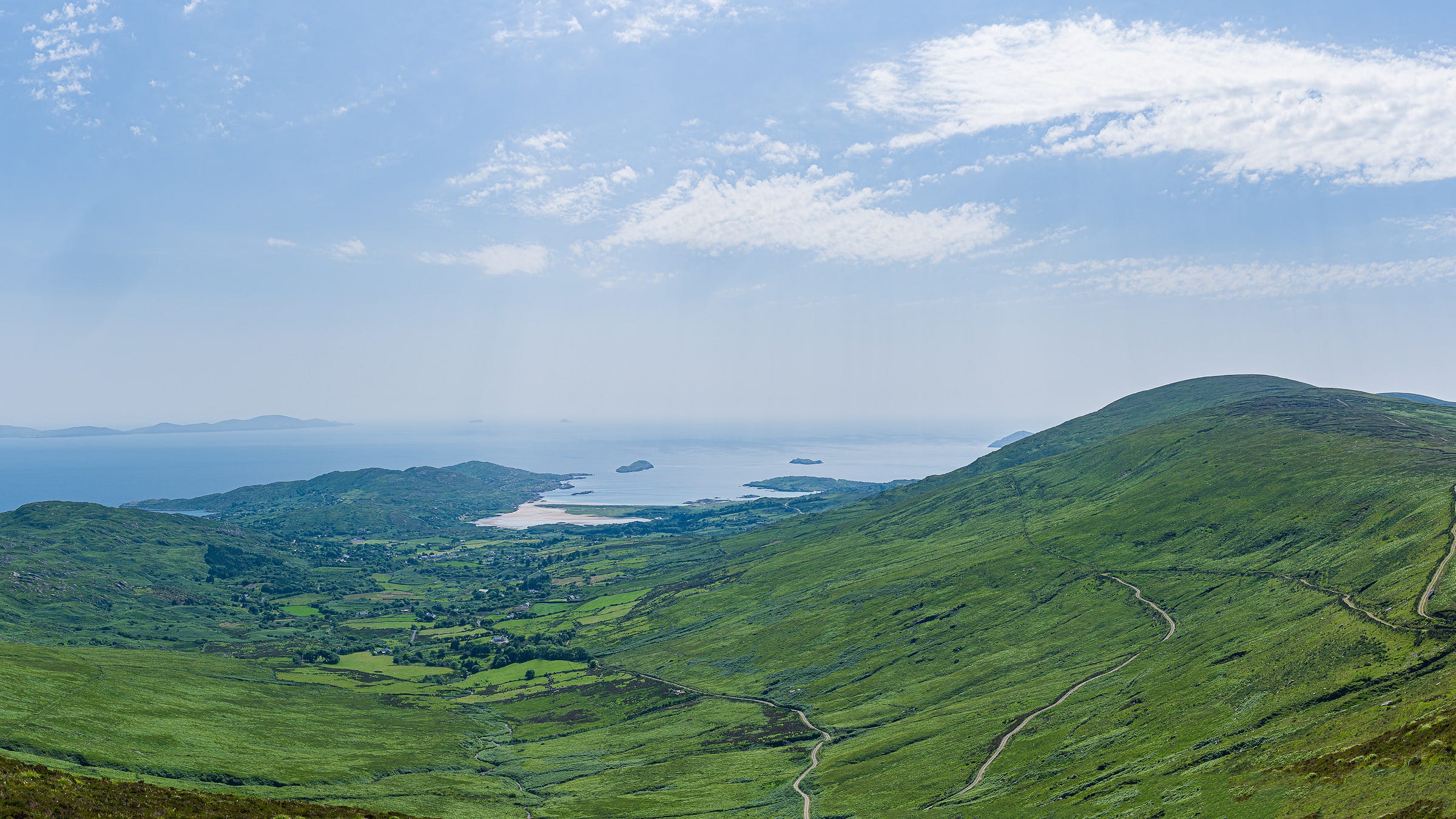
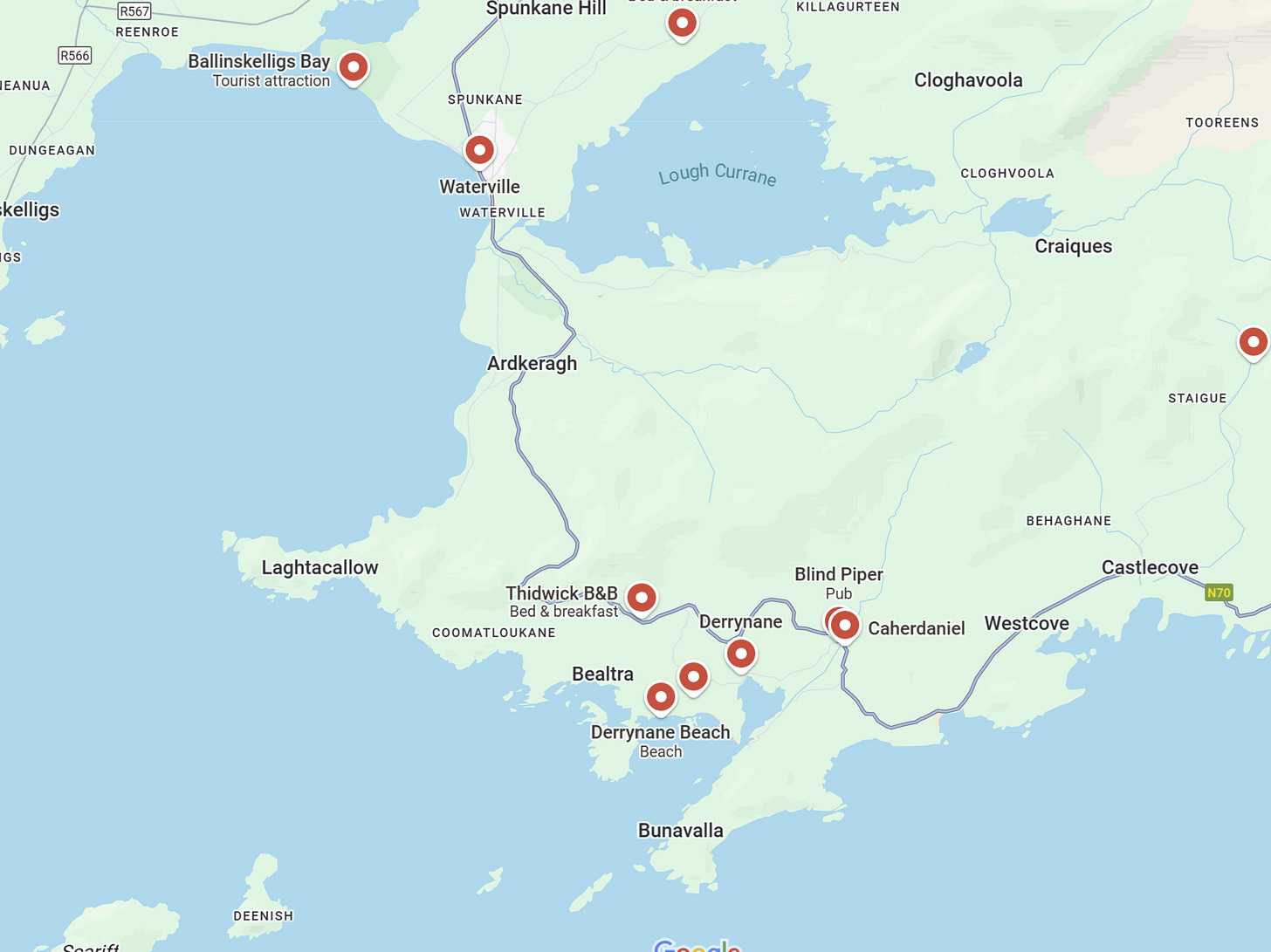

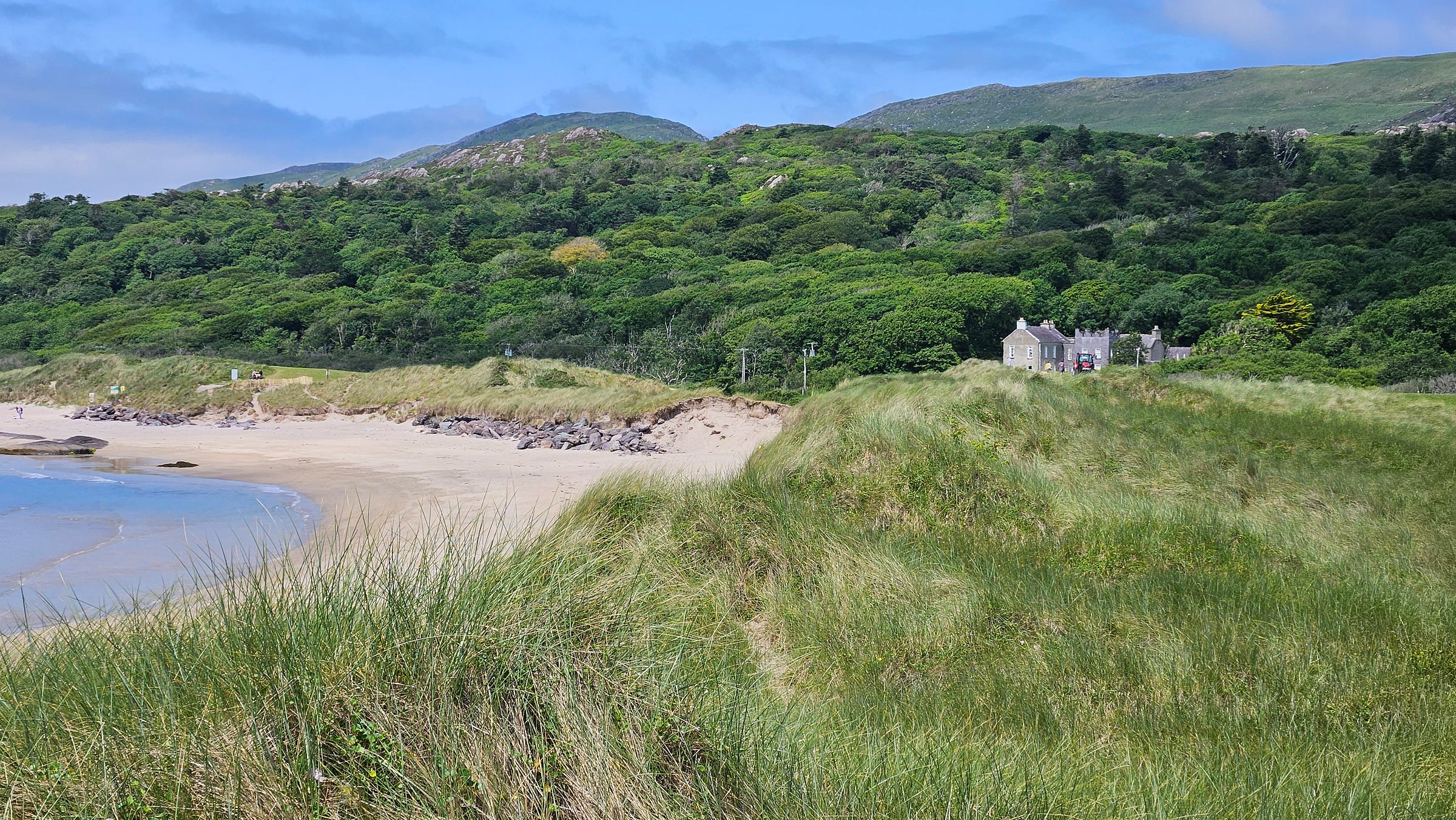

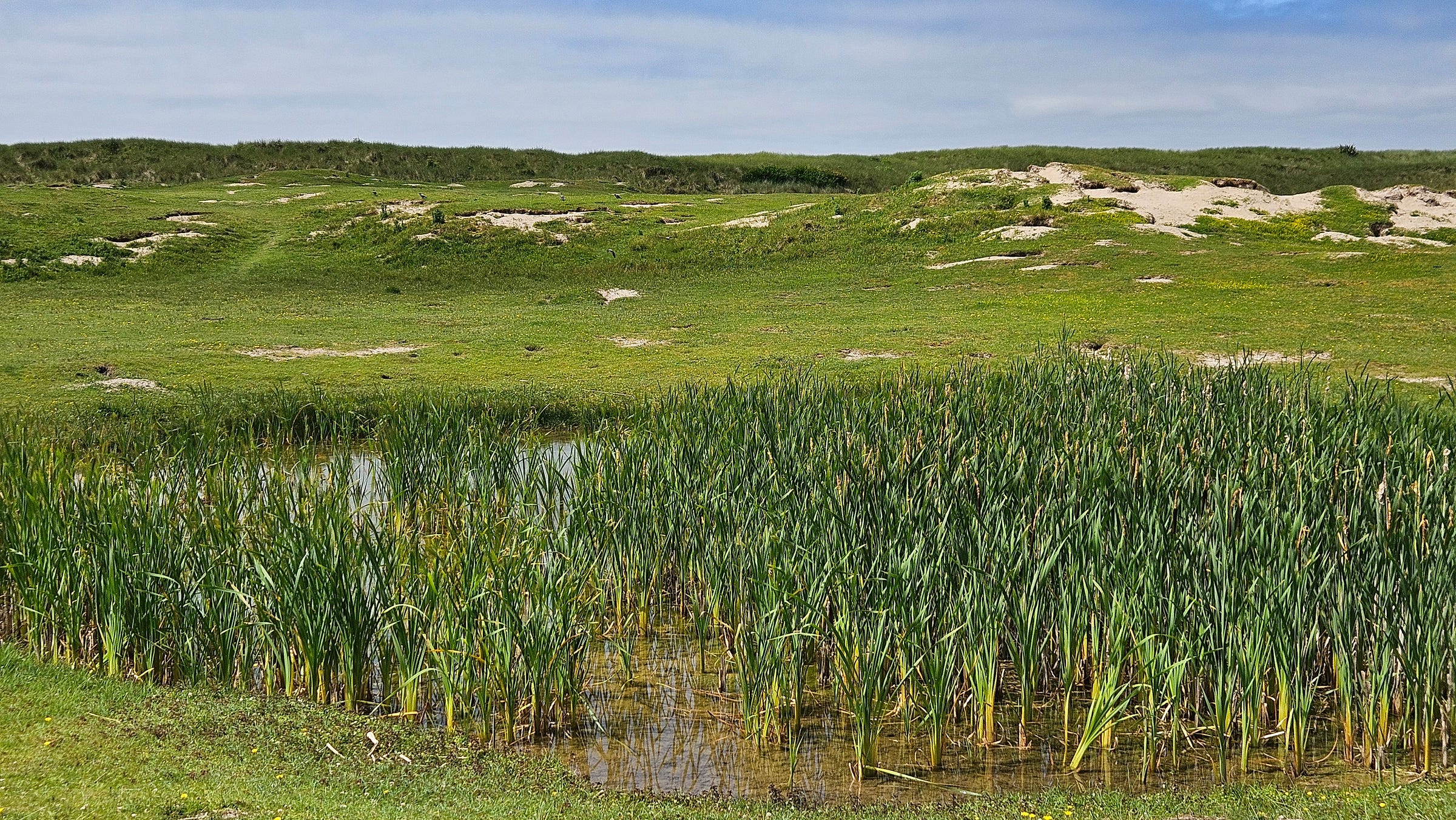
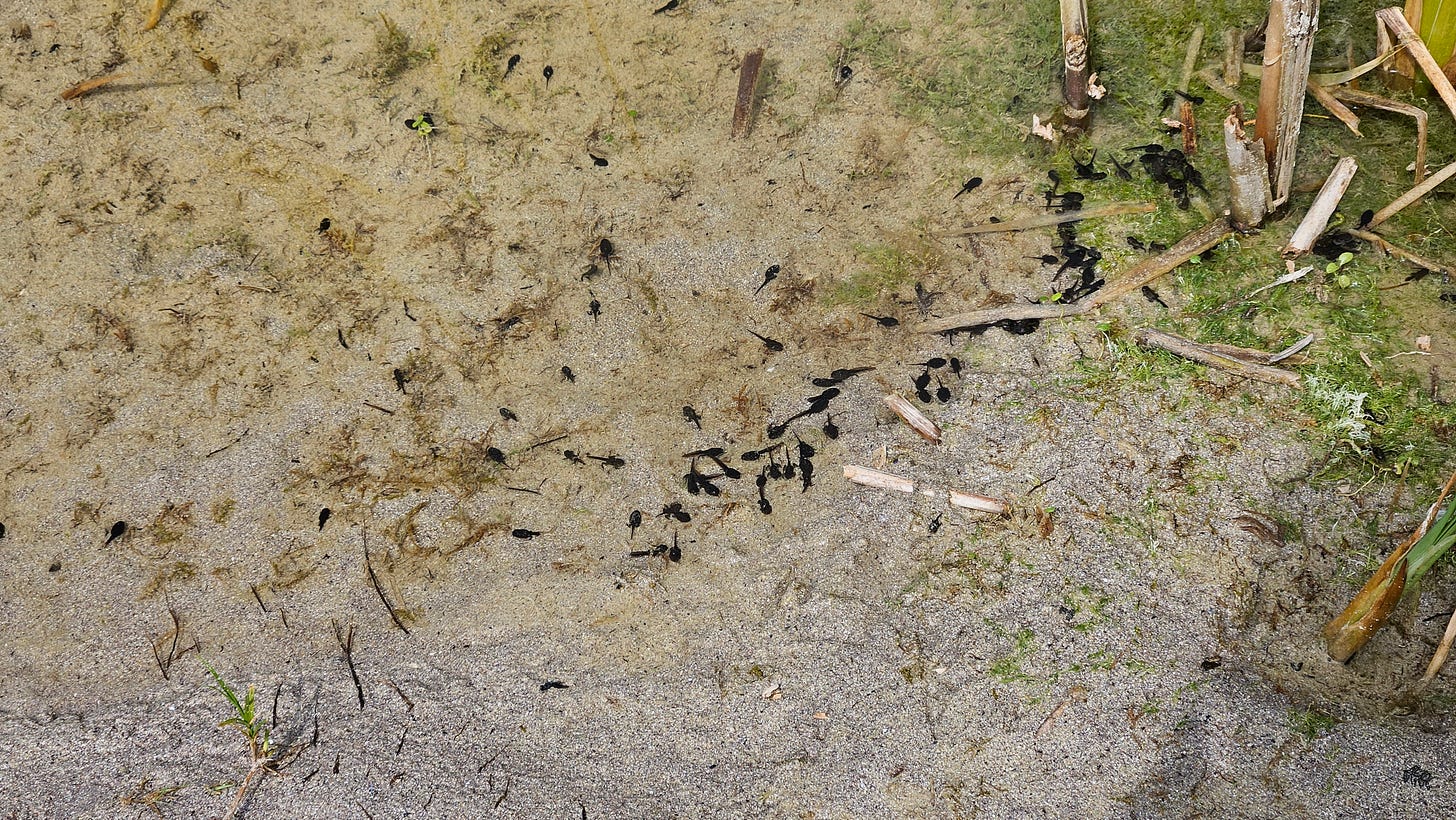
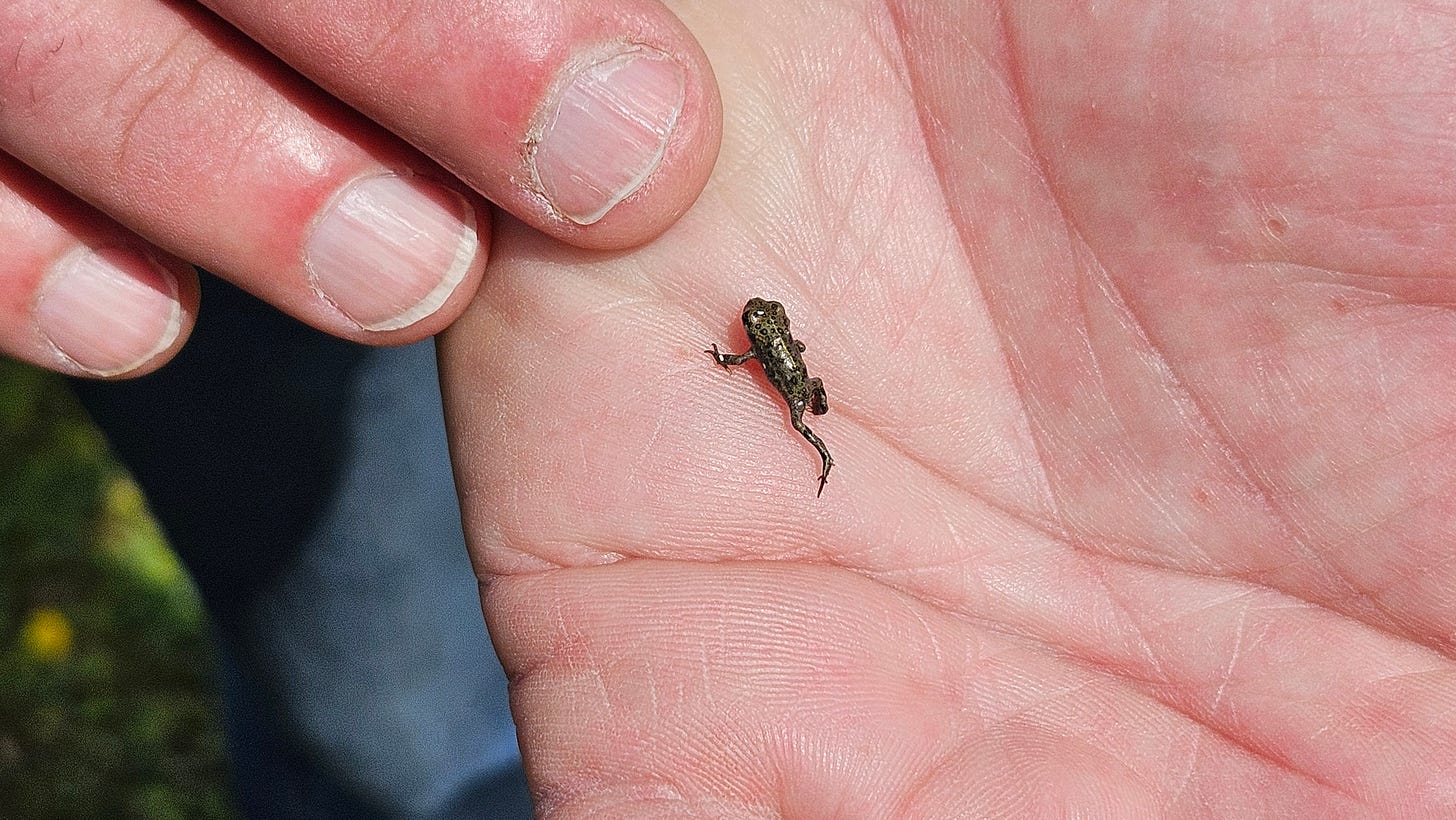
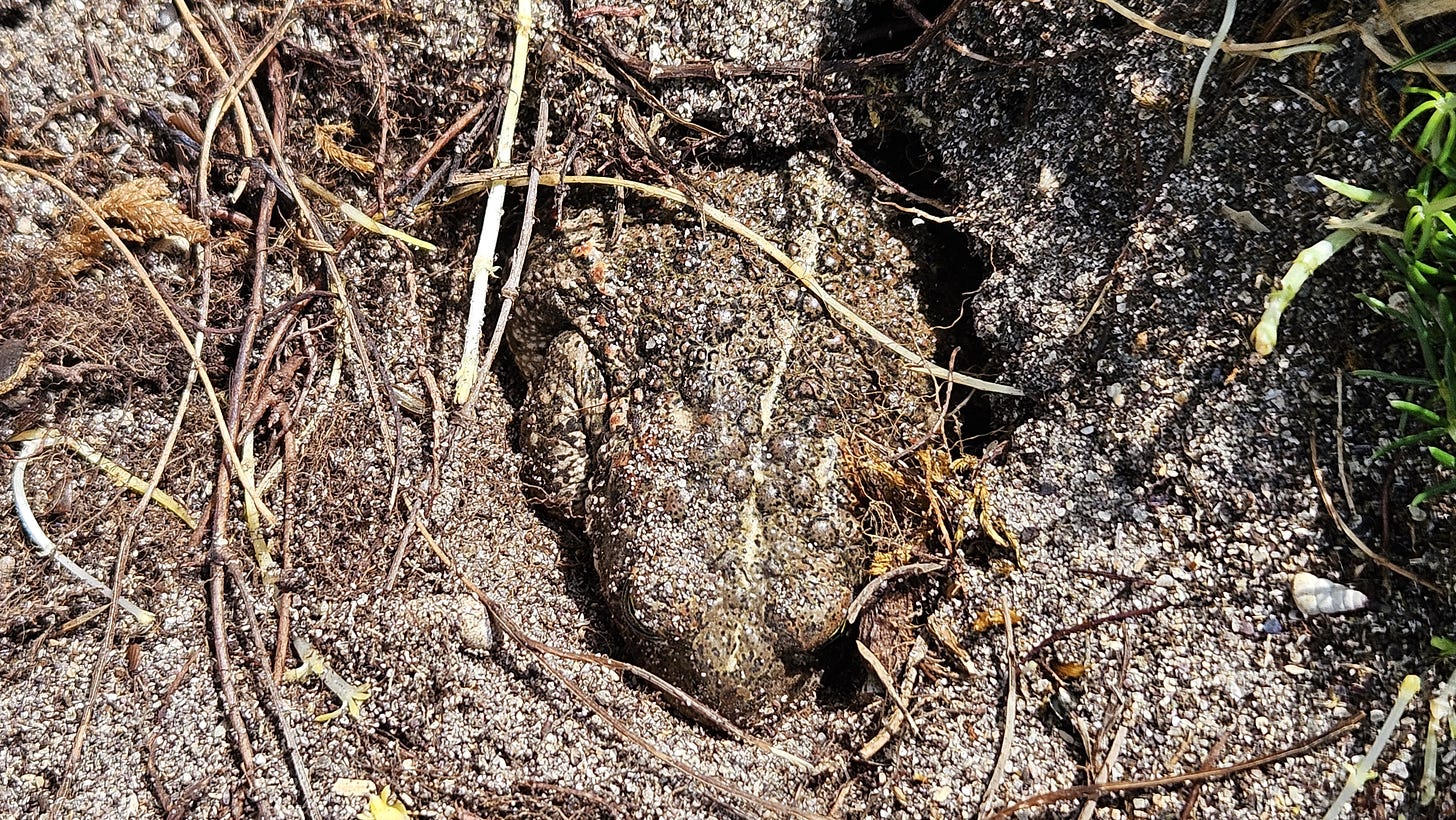

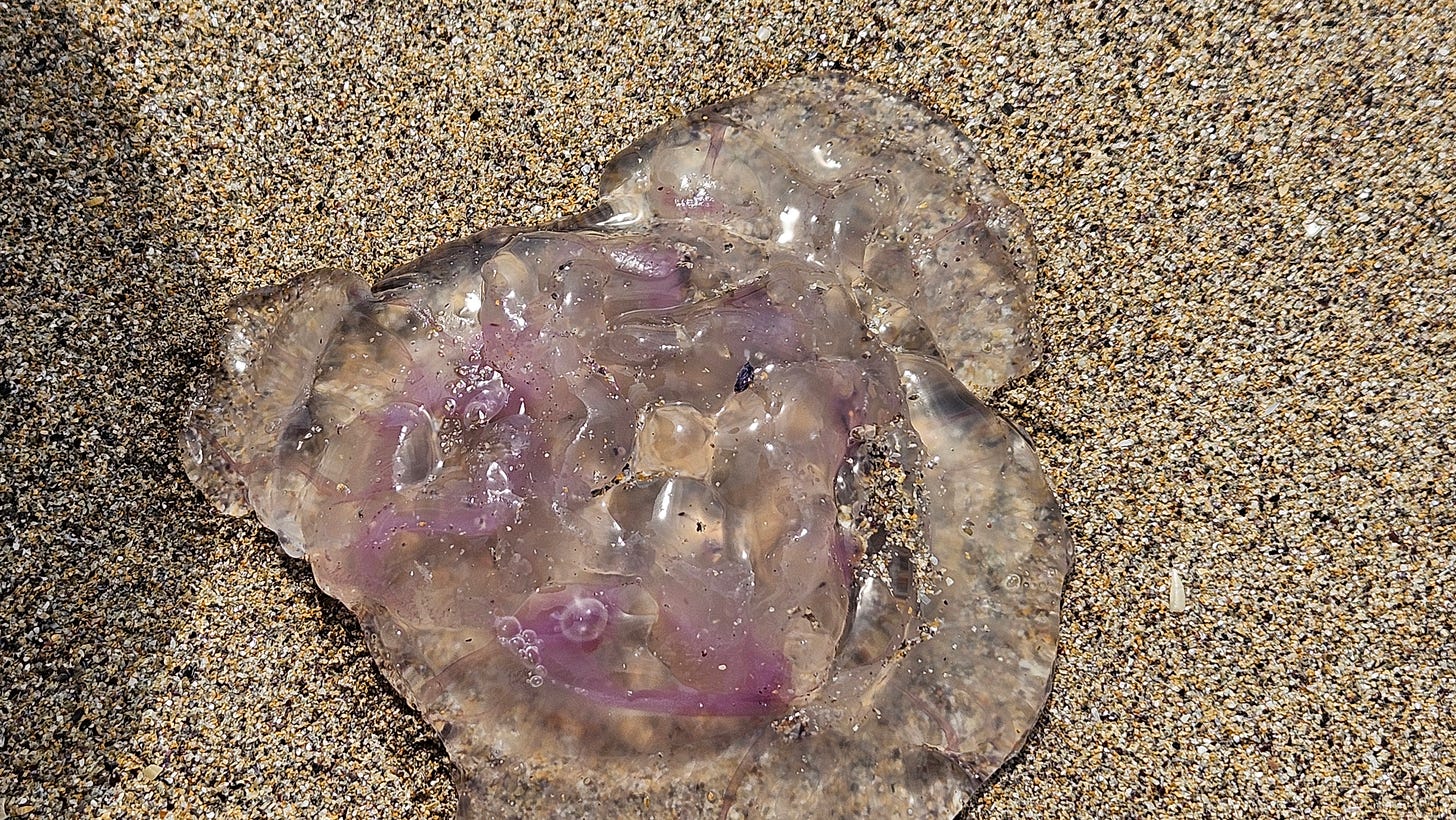
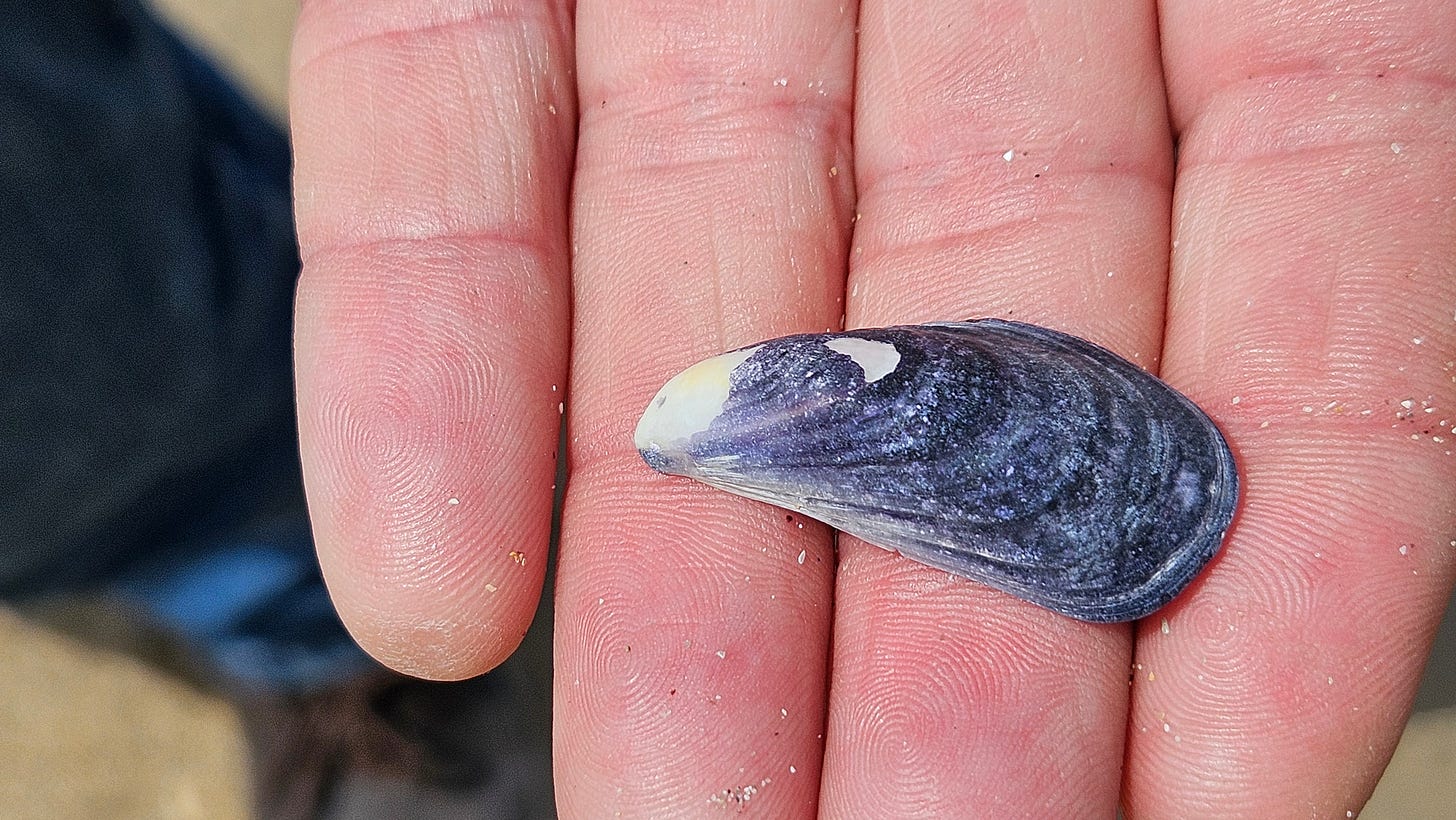






I’m so glad to have found you! We’re in Ireland now for a month’s exploration… I look forward to reading all of your posts to help guide us.
Gosh this is so beautiful. I love seeing Ireland through your eyes! 🍀